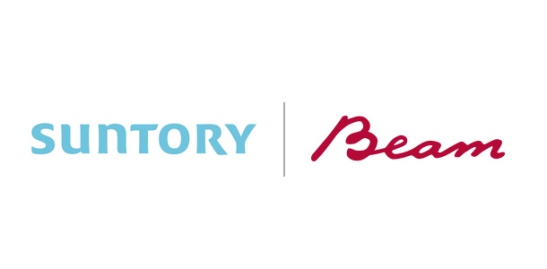As I am passionate of cognac I am often fascinated by copper. However, one may find that there are different types of metal used in the production of cognac. I have always thought this was due to old traditions but this short article has highlighted the importance of each metal in completing different purposes.
As for everything there is a cost / benefit element to take into account. And 'quality products' are often the culmination of details.

- Cork Sparkling Wine Copper
STAINLESS STEEL
Advantages: Strength, brightness, non-abrasive, non-corrosive material, easy to use.
Disadvantages: Low thermal conductivity (16 Wm°K) and therefore suitable only for boiling. High energy consumption. Can be corroded by kitchen salt. Uneven heat distribution can cause hot spots and burned food. It contains chrome and nickel (this last material is linked to several allergic phenomena)
Note: Stainless steel, loved for its polished & clean appearance, after usage, acquires micro-scratches & micro-cracks in which pathogenic elements can harbour. As affirmed by Bill Kevil, this does not happen with copper. Bill Kevil coordinated this study at the Southampton University (www.soton.ac.uk) and demonstrated that the bacterium E.Coli survives for months in stainless steel while only 14 hours in copper.
ALUMINIUM
Advantages: Good thermal conductivity (225 Wm°K), energy saving, lightness, excellent price/quality ratio.
Disadvantages: It reacts with acidic & alkaline foods and easily discolours. It tends to release metal flavours in the food especially during long cooking. Its natural porosity can not guarantee perfect cleaning which encourages the proliferation of micro-bacterium. If the cookware is made from thin sheets of aluminium the shape can become distorted and it can heat unevenly.
SILVER
Advantages : Inimitable thermal conductivity (420 Wm°K), energy saving, excellent nonstick performance.
Disadvantages: Very expensive and needs to be cleaned with care. A novice cook may find it hard to control the heat conduction.
CAST IRON
Advantages: Very strong and durable material that retains heat for a long time. It does not alter with time (only if the piece is well finished & enamelled at high quality level). It allows for good heat distribution, perfect for long cooking at low temperatures.
Disadvantages: Poor thermal conductivity (58 Wm°K) which causes the pan to heat and cool slowly. Heavy weight. Pans not properly seasoned or coated can cause food to stick. If enamelled the surface can be damaged at high temperature.
MULTI-LAYERS
Innovative technology allows the creation of cookware made of several layers of different metals in order to enhance the positive qualities of each material and minimize their negative qualities. It is impossible to judge the thermal conductivity due to the different combinations on the market. This technology has created some cookware with excellent cooking attributes while other items were just developed for commercial-look purposes only.
Some examples:
- 10% stainless steel, 80% aluminium, 10% stainless steel It greatly improves the thermal conductivity of the stainless steel pot
- 90% aluminium, 10% stainless steel It keeps the same good thermal conductivity of the aluminium eliminating its reaction with food.
- 10% copper, 80% aluminium, 10% stainless steel The copper does not substantially improve the thermal conductivity and it requires more cleaning.
- 90% copper, 10% stainless steel It reduces some advantages related to the copper but it increases its practicality.
- 10% copper, 90% aluminium The copper does not substantially improve the thermal conductivity and it requires cleaning.
- 10% copper, 90% aluminium, and non-stick interior The copper does not substantially improve the thermal conductivity and it requires cleaning. The unavoidable abrasions irreparably damage the item.
COPPER
Advantages: Excellent heat conductor (392 Wm°K). It cooks at lower temperature and reduces overheating. It is essential for certain cooking including sauces and candy. It allows substantial energy savings and enhances the beauty of your table. It is extremely resistant to bacteria and it lasts forever.
Disadvantages: Expensive, heavy, and it requires special handling and care. It reacts with certain acidic food. It is recommended not to use in the dishwasher.
Notes: Copper is widely used in the dairy industry, not only for technological reasons but also for biologic properties. It is used for distillation, not only for its capacity for thermal exchange but also for chemical properties. It is also used in the canning industry to preserve color and flavour of the fruits/vegetables). A copper boiler or alembic is compulsory in the production of Grana Padano, Parmigiano Reggiano, Cognac, Armagnac, etc. Recyclable and “Green”: Copper does not emit harmful substances and it is 100% recyclable. This allows energy savings and cuts down on waste. It is estimated that 80% of copper made for cooking dating back to ancient times is still in use in some form. Copper & Health: Humans and animals absorb copper from our environment and in our daily lives all the time. Being a natural material, copper is contained in many foods & in water. The digestive system absorbs enough copper quantity to enjoy good health. The extra copper is expelled.
Source: http://www.ruffoni.net/ruffoni2/ENG/metalli.asp








